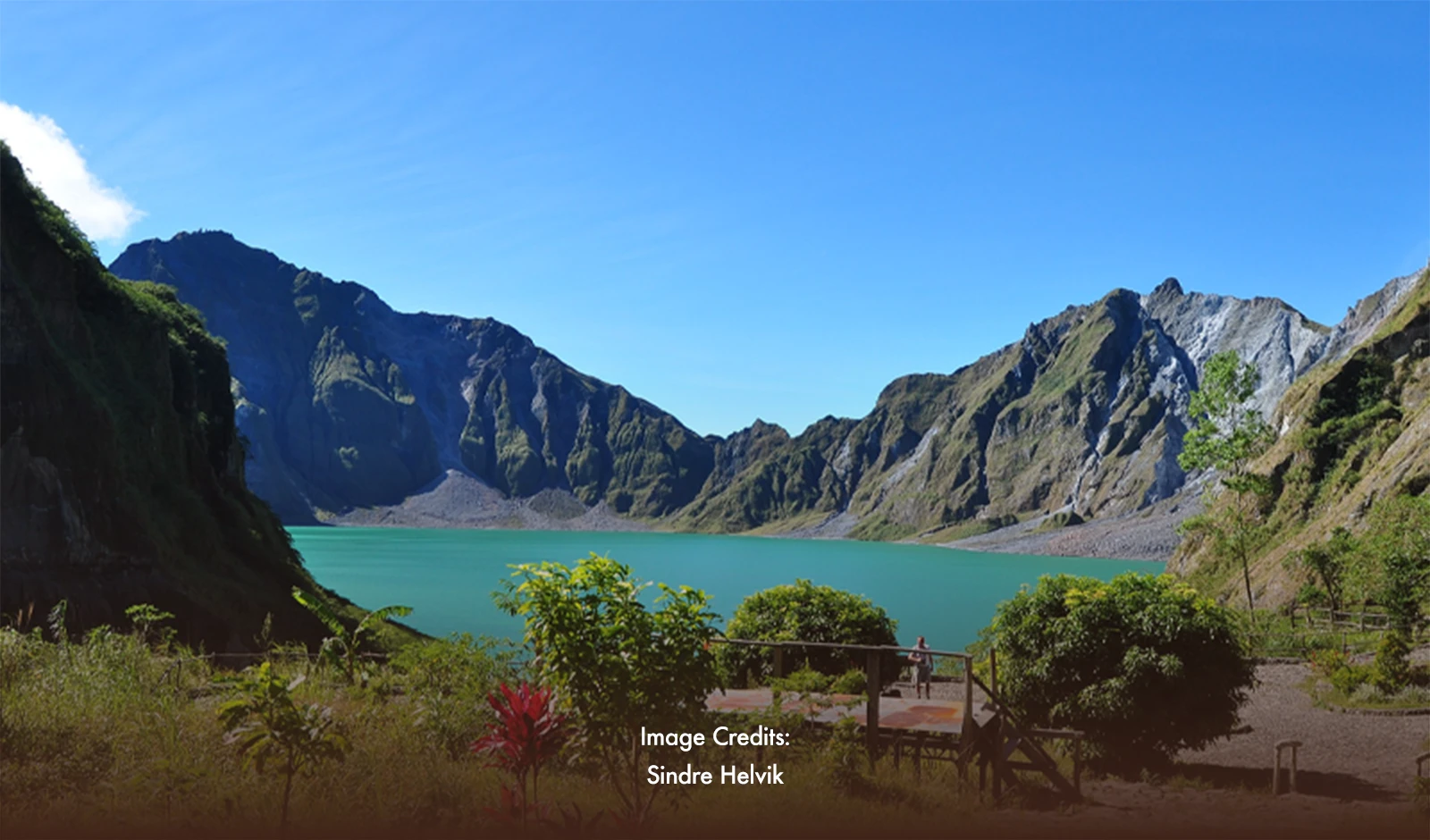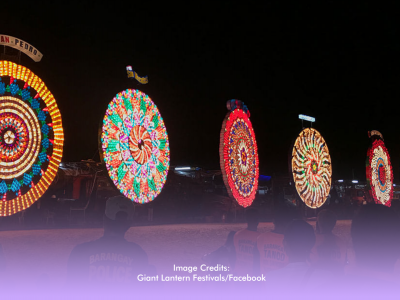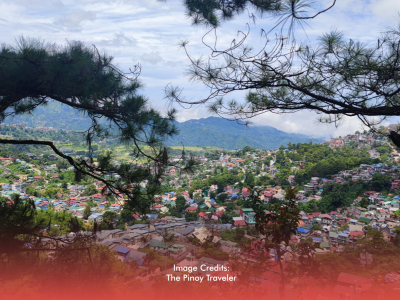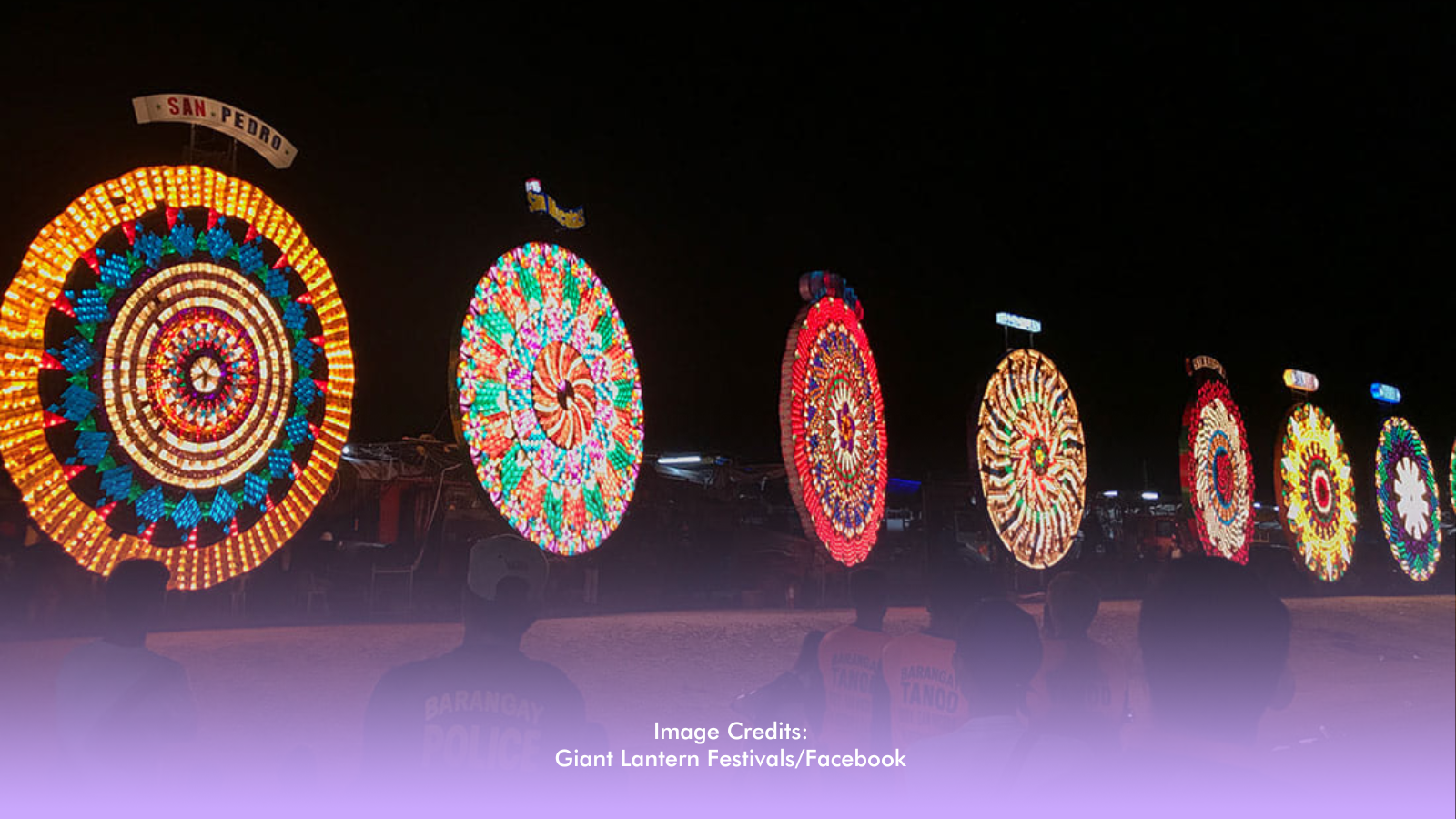The second-largest volcanic eruption of the 20th century unfolded at Mount Pinatubo in the Philippines on June 15, 1991. Situated on the tripoint boundary of the Philippine provinces of Zambales, Tarlac, and Pampanga, this once-devastated landscape has transformed into a thriving destination, offering a unique blend of natural beauty and resilience.
Despite the catastrophe brought by the eruption, the aftermath of Mt. Pinatubo's eruption paved the way for local communities to turn adversity into opportunity. The volcanic deposits, known as "lahar," became a valuable resource, quarried and sold as construction material by locals. Moreover, the lahar became the basis for creating handicrafts, fostering economic growth among the affected communities.
A Beautiful Disaster
The provinces of Pampanga, Tarlac, and Zambales also experienced a resurgence in tourism, as the once tragic and ashen gray backdrop of Mt. Pinatubo transformed into a picturesque landscape of blues and greens.
Today, Mount Pinatubo stands as one of the most sought-after tourist spots near Manila, attracting visitors with its majestic caldera and turquoise lake.
Things You Can Do in Mt. Pinatubo
Mt. Pinatubo has become a cherished destination for both local and foreign tourists, offering a thrilling trekking experience. The journey to the crater involves a three-hour trek and a 4x4 jeepney ride through the boulders, rivers, and rough terrain of the Crow Valley Canyon. The trek itself presents breathtaking views of the bizarre gray surroundings and astonishing lahar formations, especially during the early morning.
During the trek, visitors have the opportunity to meet local Aetas, the indigenous tribesmen who call the surrounding forests their home. This cultural encounter adds a unique dimension to the trekking experience, providing insights into the rich heritage of the area.
Upon reaching the crater, trekkers are rewarded with a stunning view of the caldera lake. The crystal blue waters of the lake serve as the perfect backdrop for photographs, making the challenging journey well worth the effort.
Nearby Attractions and Activities
Pinatubo Spa Town: Nestle your fatigued body in the comforting embrace of warm volcanic ash, relishing its therapeutic properties. Alternatively, indulge your skin in volcanic mud and notice the rejuvenating effects it imparts. If seeking relaxation post-trekking, Pinatubo Spa Town offers a revitalizing experience.
Museo de Tarlac: Immerse yourself in the memories of World War II at Museo de Tarlac, located in the Provincial Tourism of Tarlac building. The museum's gallery showcases paintings, memorabilia, and records documenting the war, offering a poignant journey through Philippine history. Additionally, the museum houses a beautiful collection of art and craft pieces from local talents, providing a cultural touch to the overall experience.
Capas National Shrine: Delves into the town's significant history. This memorial serves as a homage to the Filipino and American soldiers, both men and women, who endured and lost their lives during the Bataan Death March.








